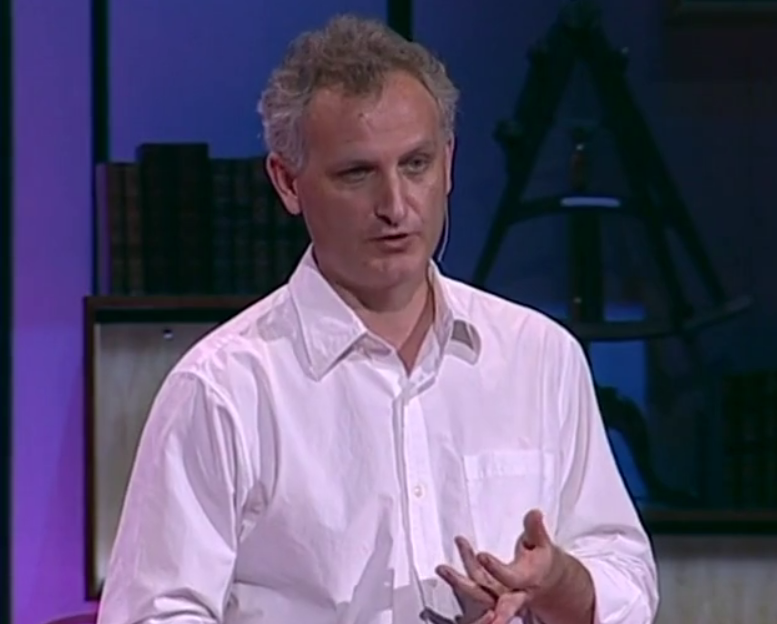(单词翻译:单击)
演讲文本
A group of students was told that a small democratic country had been invaded and had asked the U.S. for help.
在一项研究中,一群学生被告知某个民主小国在遭到侵略后向美国寻求援助。
And they had to make a decision. What should they do?
学生们必须决定怎么办。他们该怎么做呢?
Intervene, appeal to the U.N., or do nothing?
干预,向联合国申诉,还是袖手旁观?
They were each then given one of three descriptions of this hypothetical crisis.
这个假想的危机有三种不同的解释,他们每人听到其中的一种。
Each of which was designed to trigger a different historical analogy:
每个解释意在引起对不同历史事件的类比:
World War II, Vietnam, and the third was historically neutral.
二战,越战,或者一个中性的事件。

Those exposed to the World War II scenario made more interventionist recommendations than the others.
听到二战类比的学生比其他学生更多地建议美国干预这场危机。
Just as we cannot ignore the literal meaning of words,
正如我们不能忽视词语的字面意义,
we cannot ignore the analogies that are triggered by metaphor.
我们也无法忽视由暗喻促发的类比。
Metaphor matters because it opens the door to discovery.
暗喻很重要,因为它开启了发现的大门。
Whenever we solve a problem, or make a discovery, we compare what we know with what we don't know.
每当我们要解决问题,或做新的探索时,我们就把已知和未知进行比较。
And the only way to find out about the latter is to investigate the ways it might be like the former.
而我们发现未知的唯一途径就是探讨未知和已知有何相似性。
Einstein described his scientific method as combinatory play.
爱因斯坦曾把他的科学方法描述为组合的游戏。
He famously used thought experiments, which are essentially elaborate analogies, to come up with some of his greatest discoveries.
他在其有名的思想实验中,实质上就是复杂的类比中,成就了一些最伟大的科学发现。
By bringing together what we know and what we don't know through analogy,
当我们用类比把已知和未知联系在一起时,
metaphorical thinking strikes the spark that ignites discovery.
暗喻的思维就会点燃发现的火花。
Now metaphor is ubiquitous, yet it's hidden.
暗喻虽然无处不在,却是隐藏身形。
But you just have to look at the words around you and you'll find it.
而你只要注意周围的用词,就可以找到它。
视频及简介
演讲简介:
格言爱好者及作家James Geary将对人类语言中的暗喻,这一引人入胜的现象进行阐述。Geary还说,从亚里士多德到猫王都是暗喻之友,暗喻也能微妙地影响到我们的决策。


